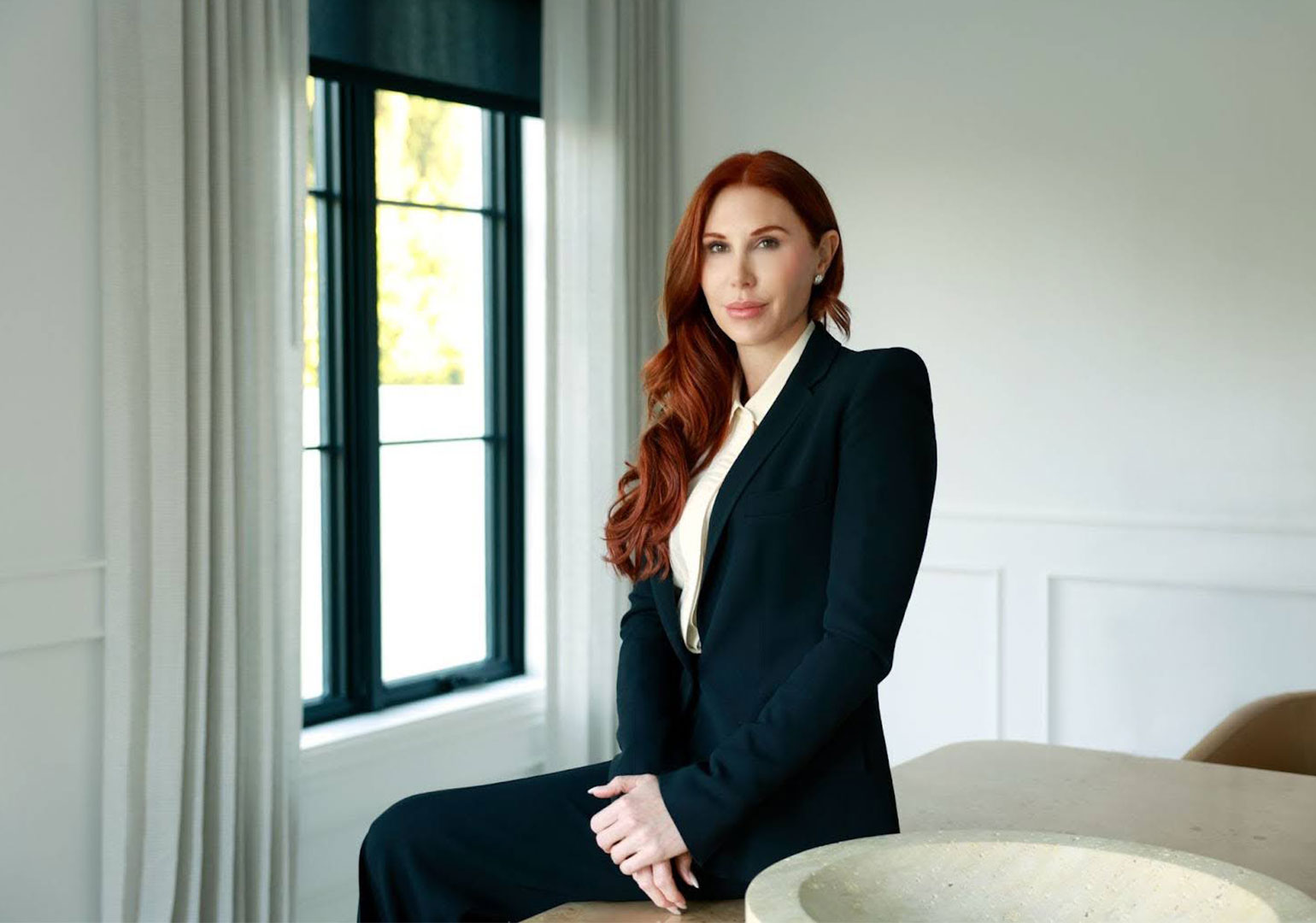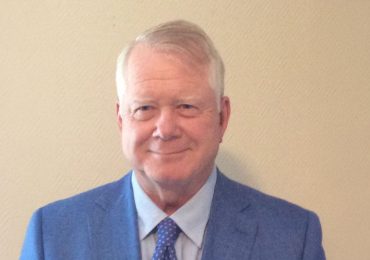Photo Courtesy of Praetorum
For over a decade, Dominique Plewes has been at the forefront of nonprofit leadership, navigating the complex intersection of governance, mission, and impact. With a career that spans both corporate and charitable boardrooms, she brings a unique lens to the challenges and responsibilities of nonprofit stewardship. Her approach is deeply informed by real-world experience and a commitment to transformative service, traits that have led her to the front lines of global crises and into the heart of community needs.
In this candid conversation, Dominique reflects on the evolution of board dynamics, the essential qualities of effective leadership, and the nuanced balance between donor expectations and organizational mission. Her insights offer a compelling look into the realities of nonprofit management and the future of a sector in flux.
Dominique, you have been involved with nonprofits for over a decade. Can you talk to me about how your philosophies of board management have changed throughout the years?
The first board I was involved in followed what some would call the classic MBA model, so I found myself focusing on numbers and objectives. By concentrating solely on quarterly reports, which lacked the necessary granularity to govern effectively, we appeared successful on paper. But in reality, we were actually missing many of the problems we were founded to address.
One of the changes I implemented in later years was bringing to board meetings one or more individuals whom we had helped, who needed our help, or most importantly whom we should have helped. “Should have helped” proved to be the key, putting a face to a problem we had clearly missed had a sobering effect on everyone in the room.
What are the key skills in your opinion a board member needs to be successful in the nonprofit sector?
A successful board member in the nonprofit sector must, first and foremost, be committed for the right reasons and driven by a genuine desire to help fulfill the board’s mission. While factors such as donations, celebrity status, networking, and technical or business competence can contribute to success, they are not enough on their own. Without a personal belief in the mission, board members are likely to lose focus and direction.
There are, of course, other attributes one would want on a Board – things like intellectual curiosity and creativity, the ability to think outside the box, and the ability to adapt corporate processes to fit the nonprofit structure. Empathy is also essential, as board members must understand and respond to the needs of the communities they serve. Teamwork, though frequently cited in corporate environments, is often overlooked when selecting board members. Boards are typically composed of accomplished individuals who are accustomed to leadership roles that come with power and deference. This dynamic can create complex challenges when trying to work collaboratively.
If I had to name the single most important quality for a nonprofit board member, it would be the ability to check their ego at the door of the boardroom. Surprisingly, this is a rare trait, but it is crucial for fostering effective, mission-driven collaboration.
Dominique, you have experience in both for-profit and nonprofit boards. What are the similarities and differences in managing each of them?
Nonprofits grow in size, they often begin to resemble for-profit companies because of the added complexity that comes with scale.
One of the most significant differences for an average-sized nonprofit lies in marketing. For-profit companies typically sell clearly defined products or services, supported by carefully constructed and well-funded marketing campaigns aimed at fulfilling consumer demand. In contrast, nonprofit organizations face fluctuating customer needs in both urgency and scope. This makes balancing short-term responsiveness with long-term strategic planning particularly difficult.
Another key contrast is in the level and rhythm of pressure. Corporations typically operate under the strain of quarterly performance metrics, whereas nonprofits often experience monthly demands. In smaller nonprofits, unlike their larger counterparts, which operate more like corporations, change happens quickly. With leaner organizational structures and limited capital, this change must be managed with a level of urgency that would be deemed crisis mode in a large nonprofit or corporate setting.
You have a reputation for taking a more hands-on approach. Rather than simply write checks you have chosen to travel to the world’s most dangerous places including Syria, the Northern Triangle in Central America and a host of other places few civilians have ventured. I guess the simple question that comes to mind is WHY?
In 2017, I founded a nonprofit to support our Special Operations Forces. These extraordinary warriors and their families have been deployed or in a state of high readiness since the attacks of 9-11. Their service has been remarkable; many of their missions are well-known, and others remain classified. Working closely with this community, I saw how physically and emotionally overextended they were, yet they continued to serve with strength and resolve. I met children who had grown up entirely during wartime. Some were heading to college, having lived their whole lives with the uncertainty of whether their father would come home. Hearing their stories, I realized I had no frame of reference for their experience. Support programs, though well-meaning, often lacked the nuance to meet the needs of those who’ve deployed for decades and still serve in over 80 countries.
This gap drove me to take a more hands-on approach. With an exceptional team, I traveled as a civilian to Raqqa, the former ISIS caliphate stronghold, and to various cities across Syria and Iraq, even visiting the infamous al-Hol camp, which housed thousands of ISIS families. These experiences helped me gain a deeper, if limited, understanding of what these men and women endure.
I’m not saying all board members should do this, but personally, it gave me unique insights and helped me shape better programs. There’s a concept called “Management By Walking Around,” and I strongly encourage all nonprofit board members to adopt it.
What do you think is the proper approach a director should take to balance the needs of the people the foundation serves versus the donors?
One challenge for nonprofit executives is the classic chicken-and-egg dilemma: Do we build programs that the people we serve actually need and are asking for, or do we build programs that are popular with our donors? The answer seems obvious: build the programs that meet the needs of the people you serve. In reality, there are times when you’ll need to do both.
No matter how strong your persuasive skills are, you will encounter individuals or organizations with pet projects. Your job as a director is to reconcile that conflict, understanding that neither side will get everything they want. Walking away from a donation should always be your last resort, but I have had to do that on occasion.
How do we see the nonprofit sector evolving?
The onslaught of AI and technology will help eliminate the need for staff and to some extent, volunteers. AI can be used to reduce overhead in back-office operations, allowing more funds to go directly to the people we are serving.
Nonprofits, however, may not be able to embrace this shift as readily as for-profit organizations. They rely more heavily on nuanced, human-to-human communication, something AI is still far from mastering. We can’t, for example, use an AI suicide prevention line or an AI hotline for battered women.
Still, AI will prove invaluable in other areas. For nonprofits with large donor bases, its ability to sort data and rapidly generate targeted mailing lists will be a game-changer. The same applies to building detailed donor profiles by scraping publicly available information.
In the years ahead, the biggest challenge will be deciding what the government should handle and what should fall in the non-profit domain. Right now, we see wasteful overlap in some areas and glaring gaps in others. As a nation, we have yet to approach this with any real strategic vision. Private philanthropy and government spending run down parallel tracks, and no serious attempts have been made to coordinate their efforts.
Dominique’s journey through the nonprofit landscape reveals a profound truth: effective leadership demands more than strategic thinking; it requires empathy, adaptability, and an unshakable commitment to purpose. Her evolution from a metrics-focused board member to a mission-driven advocate underscores the importance of staying grounded in the human impact of service. Whether navigating donor dynamics, integrating technology responsibly, or stepping directly into crisis zones, Dominique exemplifies a hands-on, heart-first approach to governance and her perspective serves as both a blueprint and a call to action.
















